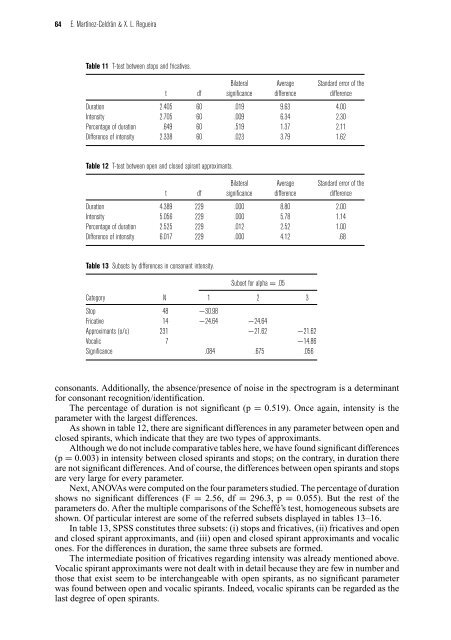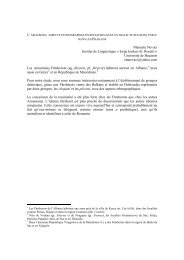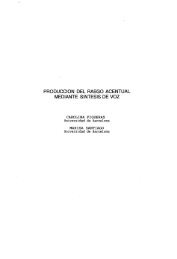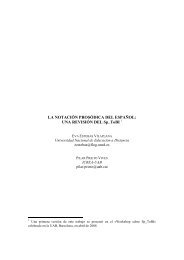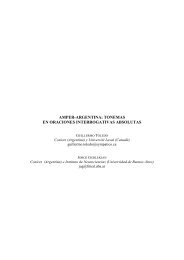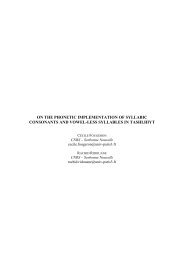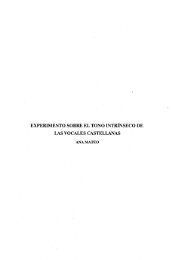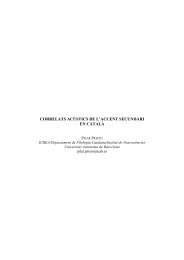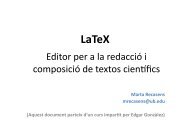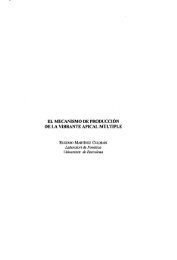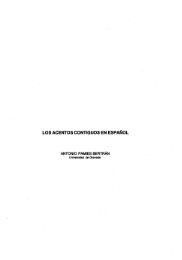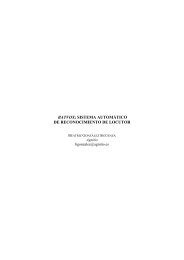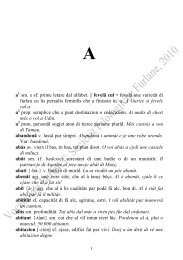Spirant approximants in Galician - ResearchGate
Spirant approximants in Galician - ResearchGate
Spirant approximants in Galician - ResearchGate
You also want an ePaper? Increase the reach of your titles
YUMPU automatically turns print PDFs into web optimized ePapers that Google loves.
64 E. Martínez-Celdrán & X. L. Regueira<br />
Table 11 T-test between stops and fricatives.<br />
t<br />
df<br />
Bilateral<br />
significance<br />
Average<br />
difference<br />
Standard error of the<br />
difference<br />
Duration 2.405 60 .019 9.63 4.00<br />
Intensity 2.705 60 .009 6.34 2.30<br />
Percentage of duration .649 60 .519 1.37 2.11<br />
Difference of <strong>in</strong>tensity 2.338 60 .023 3.79 1.62<br />
Table 12 T-test between open and closed spirant <strong>approximants</strong>.<br />
t<br />
df<br />
Bilateral<br />
significance<br />
Average<br />
difference<br />
Standard error of the<br />
difference<br />
Duration 4.389 229 .000 8.80 2.00<br />
Intensity 5.056 229 .000 5.78 1.14<br />
Percentage of duration 2.525 229 .012 2.52 1.00<br />
Difference of <strong>in</strong>tensity 6.017 229 .000 4.12 .68<br />
Table 13 Subsets by differences <strong>in</strong> consonant <strong>in</strong>tensity.<br />
Subset for alpha = .05<br />
Category N 1 2 3<br />
Stop 48 −30.98<br />
Fricative 14 −24.64 −24.64<br />
Approximants (o/c) 231 −21.62 −21.62<br />
Vocalic 7 −14.86<br />
Significance .084 .675 .056<br />
consonants. Additionally, the absence/presence of noise <strong>in</strong> the spectrogram is a determ<strong>in</strong>ant<br />
for consonant recognition/identification.<br />
The percentage of duration is not significant (p = 0.519). Once aga<strong>in</strong>, <strong>in</strong>tensity is the<br />
parameter with the largest differences.<br />
As shown <strong>in</strong> table 12, there are significant differences <strong>in</strong> any parameter between open and<br />
closed spirants, which <strong>in</strong>dicate that they are two types of <strong>approximants</strong>.<br />
Although we do not <strong>in</strong>clude comparative tables here, we have found significant differences<br />
(p = 0.003) <strong>in</strong> <strong>in</strong>tensity between closed spirants and stops; on the contrary, <strong>in</strong> duration there<br />
are not significant differences. And of course, the differences between open spirants and stops<br />
are very large for every parameter.<br />
Next, ANOVAs were computed on the four parameters studied. The percentage of duration<br />
shows no significant differences (F = 2.56, df = 296.3, p = 0.055). But the rest of the<br />
parameters do. After the multiple comparisons of the Scheffé’s test, homogeneous subsets are<br />
shown. Of particular <strong>in</strong>terest are some of the referred subsets displayed <strong>in</strong> tables 13–16.<br />
In table 13, SPSS constitutes three subsets: (i) stops and fricatives, (ii) fricatives and open<br />
and closed spirant <strong>approximants</strong>, and (iii) open and closed spirant <strong>approximants</strong> and vocalic<br />
ones. For the differences <strong>in</strong> duration, the same three subsets are formed.<br />
The <strong>in</strong>termediate position of fricatives regard<strong>in</strong>g <strong>in</strong>tensity was already mentioned above.<br />
Vocalic spirant <strong>approximants</strong> were not dealt with <strong>in</strong> detail because they are few <strong>in</strong> number and<br />
those that exist seem to be <strong>in</strong>terchangeable with open spirants, as no significant parameter<br />
was found between open and vocalic spirants. Indeed, vocalic spirants can be regarded as the<br />
last degree of open spirants.


